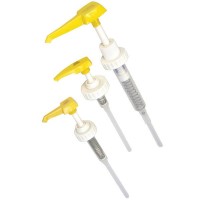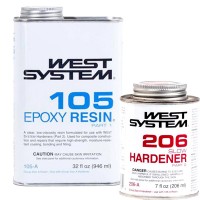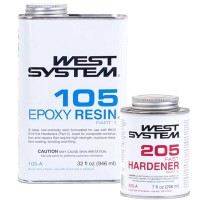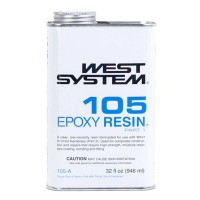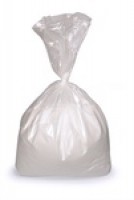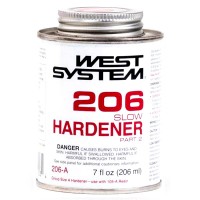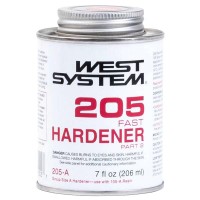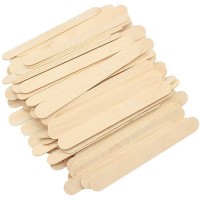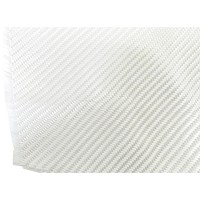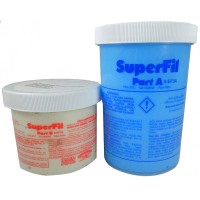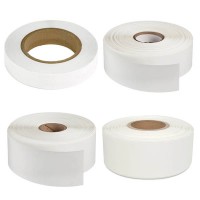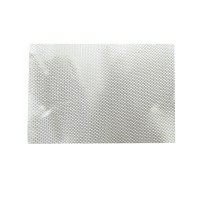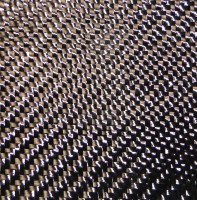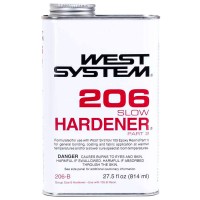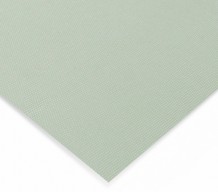West System 410 Microlight Filler
 2 Oz.
2 Oz. 5 Oz.
5 Oz. Overview
| 410 Microlight™ is the ideal low-density filler for creating a light, easily-worked epoxy fairing compound especially suited for fairing large areas. Microlight mixes with epoxy with greater ease than 407 Low-Density filler or microballoons and is approximately 30% easier to sand. It feathers to a fine edge and is also more economical for large fairing jobs. Not recommended under dark paint or other surfaces subject to high temperatures Not recommended under dark paint or other surfaces subject to high temperatures. |
WARNING: Cancer and Reproductive Harm - www.P65Warnings.ca.gov. |
Specifications
- Color: Beige / Tan
- Type: Filler
Videos
Reviews
Easy to mix product, must mix very thick to be easily sanded (peanut butter). Only problem it tends to sag on vertical surfaces. I would recommend this product.
West System 410 Microlight 5 Oz
Worked great, be aware, this is for fairing and filling and has little structural properties
West System 410 Microlight 2 Oz
arrived on time and in good shape
West System 410 Microlight 2 Oz
Nice filler for non structural
West System 410 Microlight 5 Oz
Im using this with the West slow epoxy for fairing work on my RV10. Works great on joints etc. Make sure to get to peanut butter consistency or it will run a bit. Easy to sand and shape, again another great product, easy to use, clean up etc.
I have used 2, 5 oz cans so far. Easy to apply and sand.
Lighter than Super-Fill and much easier to sand than it or traditional micro, this is for those who want to get the job done with the least amount of time and hassle.
Easier to sand than glass balloons, this is the right stuff.
Q&A
Please note, Aircraft Spruce ®'s personnel are not certified aircraft mechanics and can only provide general support and ideas, which should not be relied upon or implemented in lieu of consulting an A&P or other qualified technician. Aircraft Spruce ® assumes no responsibility or liability for any issue or problem which may arise from any repair, modification or other work done from this knowledge base. Any product eligibility information provided here is based on general application guides and we recommend always referring to your specific aircraft parts manual, the parts manufacturer or consulting with a qualified mechanic.


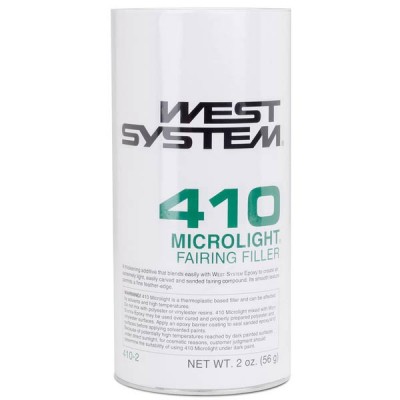
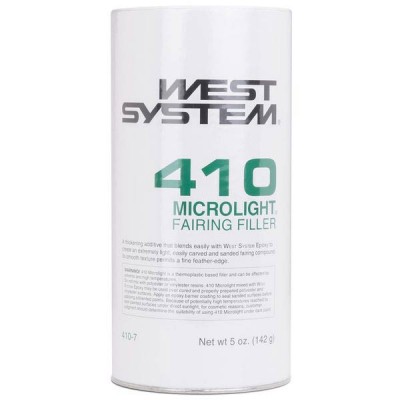







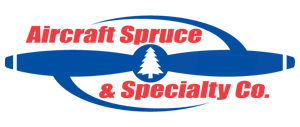 FREE Shipping
FREE Shipping

